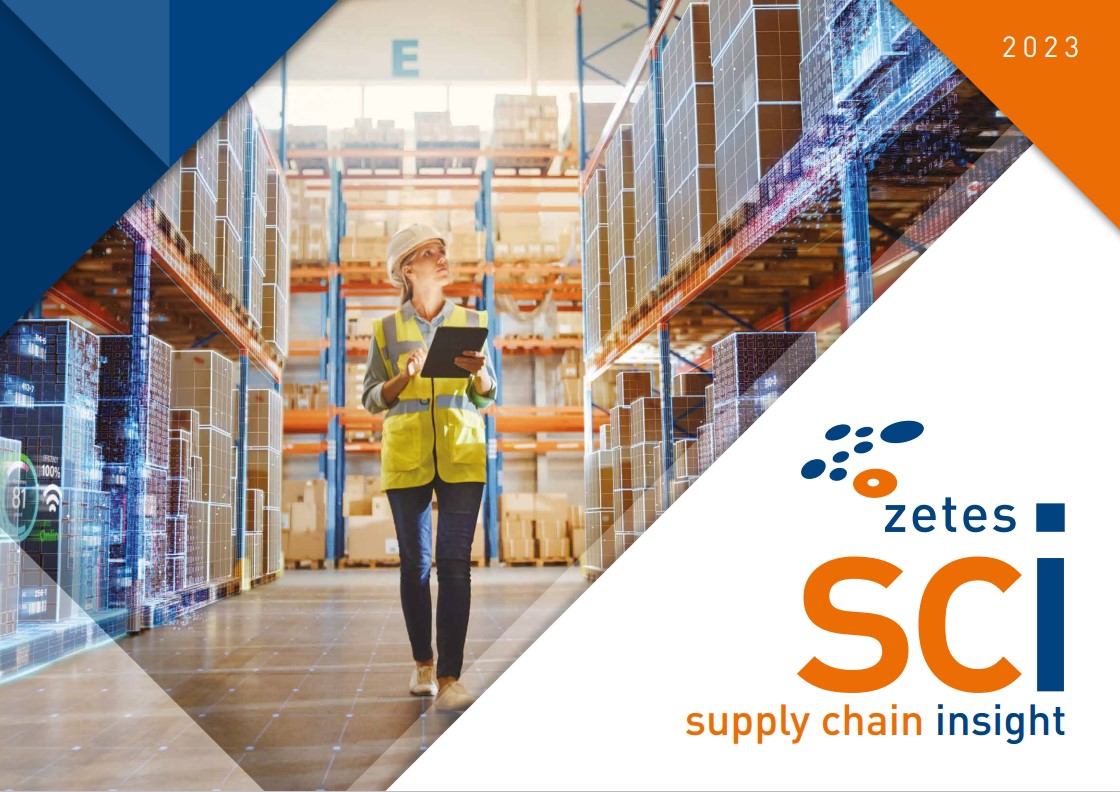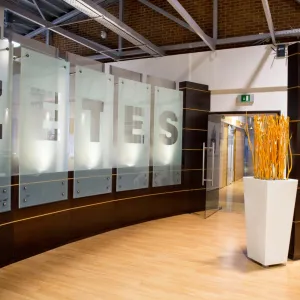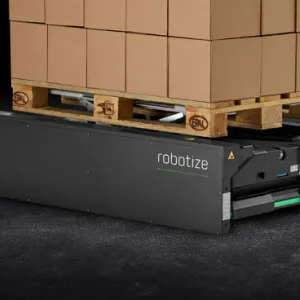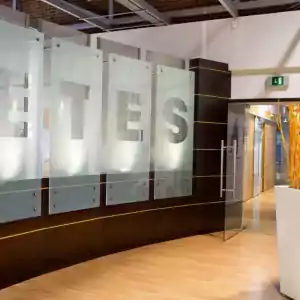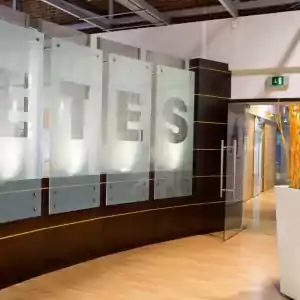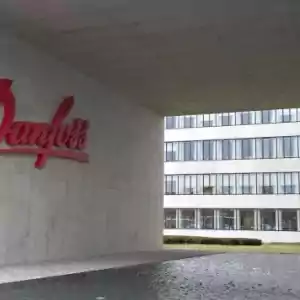The supply chain continues to grow in complexity, transforming from a traditional linear model into multi-layered digital supply networks. Transport structures are also becoming more convoluted, involving multiple carriers and vast data.

As retailers and logistics providers face more pressure than ever to meet service levels and achieve efficiency, transport visibility is essential. It enables them to monitor their multi-carriers’ performance in a unified, real-time manner, harnessing insights for accurate product location and ETA whether in transit to warehouse, store or customer. Insight can also extend to physical condition, temperature and humidity in the case of sensitive or perishable goods, to ensure excellence from first to final mile.
In this exclusive interview, Tiago Conceicao, expert in Supply Chain Visibility at Zetes, discusses five key challenges of poor transport visibility and how a next generation solution boosts resilience, innovation and competitive advantage in today’s strained supply chain.
